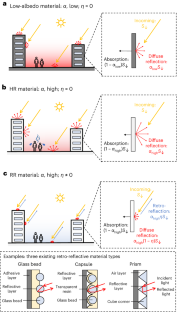2024-06-25 米国国立標準技術研究所(NIST)
<関連情報>
- https://www.nist.gov/news-events/news/2024/06/nist-researchers-identify-cheaper-more-convenient-method-detect-asbestos
- https://pubs.rsc.org/en/content/articlelanding/2024/ay/d4ay00555d
走査型電子顕微鏡によるアスベスト繊維の透過電子像と回折像 Transmission electron imaging and diffraction of asbestos fibers in a scanning electron microscope
Jason D. Holm and Elisabeth Mansfield
Analytical Methods Published:24 Jun 2024
DOI:https://doi.org/10.1039/D4AY00555D
Abstract
Test protocols for airborne clearance of asbestos abatement sites define the collection, imaging and quantification of asbestos with transmission electron microscopy (TEM). Since those protocols were developed 35 years ago, scanning electron microscope (SEM) capabilities have significantly improved and expanded, with improvements in image spatial resolution, elemental analysis, and transmission electron diffraction capabilities. This contribution demonstrates transmission electron imaging and diffraction using NIST Asbestos Standard Reference Materials and a conventional SEM to provide comparable identification and quantification capabilities in the SEM as the current regulatory methods based on TEM techniques. In particular, we demonstrate that the 0.53 nm layer line spacing that is characteristic of asbestos can be quantified using different detection methods, and that other identifying diffraction signatures of chrysotile are readily obtained. The results demonstrate a viable alternative to the current TEM-based methods for asbestos identification and classification.




